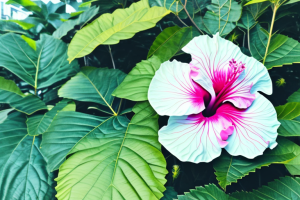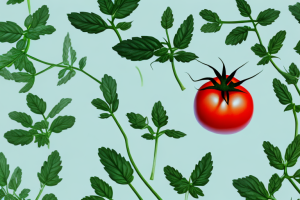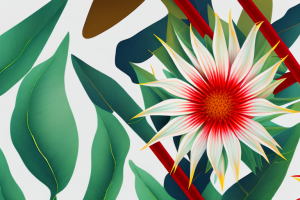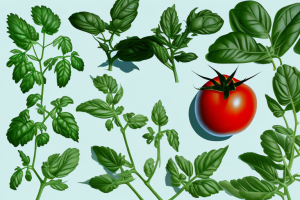A vibrant purple mandevilla flower with its lush foliage
July 27, 2024
You may have missed
August 20, 2023
August 20, 2023
August 20, 2023
August 20, 2023




